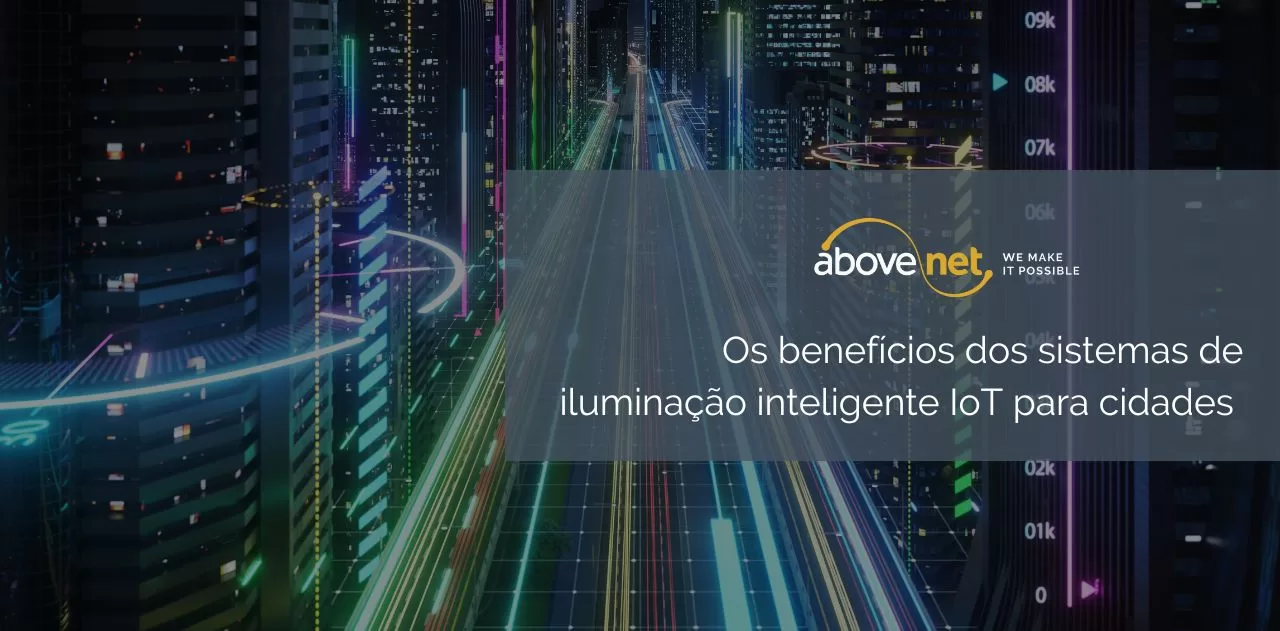The way we light our cities has become a major issue for governments and planners, under constant pressure to reduce energy consumption and costs. This demand leads us to seek alternative solutions—namely, smart lighting systems.
In this article, you'll learn a little about modern lighting systems and how they are benefiting smart cities.
What is smart city lighting?
Smart lighting is a public lighting system that integrates IoT technologies to reduce energy consumption. Equipped with sensors, video surveillance capabilities, and complex algorithms, these lighting systems can be controlled remotely and adjusted according to the space's needs. These networks are often deployed in cities and buildings, but smart lighting also has uses in homes—on a much smaller scale. The applications of connected lighting are wide-ranging, from locating crimes to sending alerts about fires or other emergencies before human intervention. These lighting systems go far beyond just security, providing other operational applications, such as parking availability and street cleaning. There are also operational efficiencies, such as motion-sensing streetlights that can increase illumination in high-crime areas, reducing consumption when the area is not in use and detecting outages more quickly.
What are the benefits of smart lighting systems?
Smart outdoor lighting systems offer a range of benefits to cities, with the potential to:
- Improve security
- Reduce costs
- Easy installation and maintenance
- Reduce environmental impact
This is just the beginning. Below, we highlight some of the key areas that are benefiting from these networks.
Security
One of the biggest benefits of smart lighting systems is their ability to keep citizens safe. These systems can often be activated remotely and can be set up in locations that lack adequate lighting, such as low-traffic areas, parking lots, garages, parks, and alleys.
- Smart traffic light systems. Emergency responders can easily navigate intersections with remotely controlled, connected traffic lights. Operators can provide a direct route to an emergency location without the delay of red lights.
- Responsive lighting. Using intelligent light sensors, brightness can be controlled to improve visibility during changes in weather and light.
- Faster outage detection. A key part of city safety is keeping areas lit. Smart lights can alert operators via the network of blown fuses or burned-out lights, ensuring streets don't go dark.
- Remote control for conditions. City operators can increase brightness in high-crime areas to deter crimes. These lights can also be automated to turn on or off during high-traffic times or when no one is in the area.
Lower Cost
While smart lighting systems may seem more expensive upfront, they quickly pay for themselves through reduced maintenance costs. Smart streetlights can be continuously monitored, giving operators the ability to identify and predict faults before they become serious problems. Maintenance crews can then be dispatched to work quickly and efficiently, knowing exactly what the problem is before they even arrive on site.
Data Collection
Another benefit of smart streetlights is their ability to collect data from the urban environment, from traffic congestion to park and sidewalk usage, weather, and other environmental factors. The real-time data collected provides policymakers with the information they need to make informed decisions about future city initiatives and infrastructure.
Reduction of Energy Consumption
Streetlights are estimated to contribute up to 40% of a city's energy consumption. The ability to remotely control them and automate their brightness means that when the light is dimmed, the city saves money and resources.
Smart Lighting Systems in Action
To be an effective system, smart lighting networks need a stable line of communication between the individual components and a centralized server.
That's where Robustel, represented exclusively in Brazil by Above-Net, can help.
Our routers—like the R3000 Dual —provide a reliable connection point and have already been deployed in smart lighting systems in cities around the world to help governments maintain lighting costs while also making the system more time-sensitive. They needed the ability to remotely monitor lighting status in real time, as well as dimming levels, adjusting on/off times and energy consumption.
With information: Robustel
Interested in a Smart IIoT Solution for your business? Contact us today by filling out the form below:


